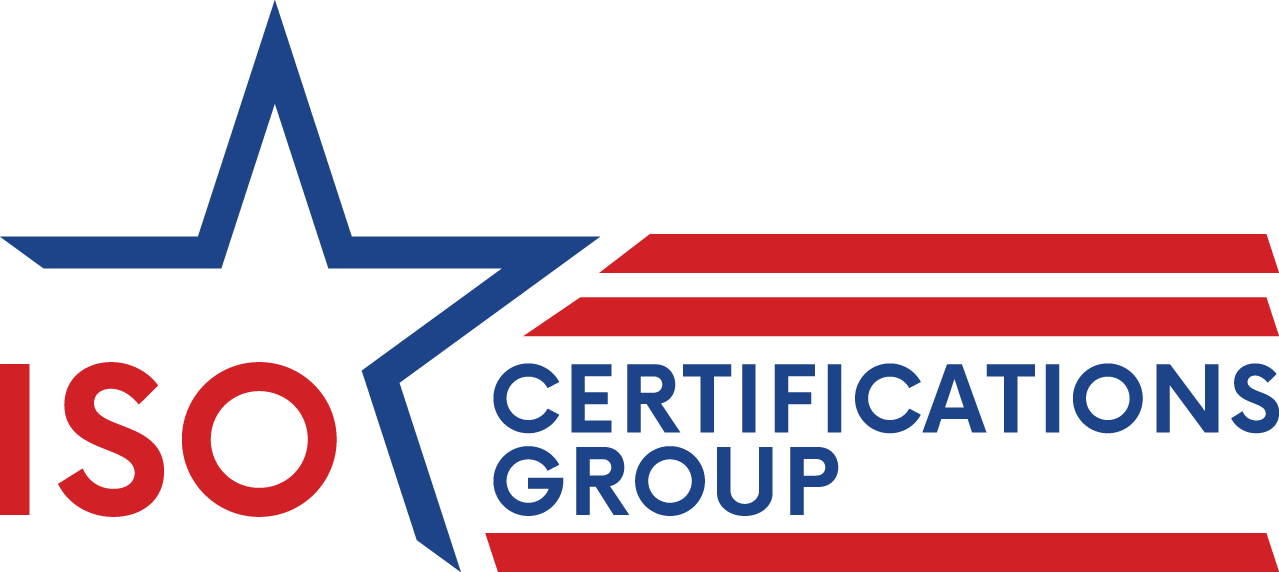As of 2025, there are thousands of international standards currently published by the International Organization for Standardization (ISO). Each ISO standard presents a different set of tools and principles, and with successful implementation they offer a wide range of benefits for organizations.
For a business seeking ISO certification for the first time, the sheer amount of options and information may be overwhelming. Some organizations seek certification for a specific ISO standard requested by clients, while others look for an ISO standard that can improve their business operations or increase customer satisfaction.
Which ISO standard is the best fit for your organization’s needs and goals? In this article, we’ll be providing some questions and factors to consider when deciding on which ISO certification to achieve and how to align them with your objectives.
What Factors Should You Consider?
When choosing an ISO certification for your business, it’s essential to first examine a few key factors within your own organization and general ISO principles.
Resources Necessary for Implementation
The cost of ISO implementation is a significant factor in achieving ISO certification, as it directly impacts the process and outcomes. However, the additional investment is well-justified by the business benefits that come with successful implementation, such as improved efficiency, customer satisfaction, and market credibility.
Several other factors influence the cost of implementing an ISO management system. These include the required audit time, the number of employees to be trained, the number of sites or office locations involved, the extent of system updates needed, consultant fees, certification body charges, and more.
Additionally, ISO implementation demands key resources such as dedicated personnel, leadership involvement, and significant time investment. Together, these elements determine the effectiveness of the ISO management system and the overall success of your organization’s certification.
Different ISO standards require different resources. Before selecting an ISO standard to pursue, answer this: Does your organization currently have access to the necessary resources, or can they be reasonably acquired during the certification process?
Consider & Establish Your Organization’s Objectives
Before pursuing ISO certification, an organization must establish clear objectives and goals to determine what it aims to achieve through the process. These goals should be realistic, achievable, and implemented with minimal disruption to the existing system.
ISO certification helps organizations adopt internationally recognized best practices, enhancing quality across operations and standardizing daily processes. For successful implementation, the organization’s systems should be flexible and capable of adapting to changes seamlessly.
Aligning organizational goals with your chosen ISO certification is critical to ensuring a smooth certification process and achieving the desired outcomes.
Strong Leadership & Top Management Support
General employees and specific departments will, of course, play a critical role in the implementation of an ISO certification. However, the active involvement of top management is crucial and cannot be overstated.
Top management brings valuable insights into current business operations, identifies system gaps, and determines what is best for enhancing productivity and driving business growth. Their leadership ensures the alignment of ISO certification efforts with organizational goals.
Ensure that the ISO standard your business pursues aligns with the objectives and motivations of top management roles.
Align with ISO Standard Objectives
To help your organization identify an ISO certification that aligns with your own goals and objectives, here’s a list of the most popular ISO standards and their main purpose.
- ISO 9001: Quality Management & Continuous Improvement
- This standard is for organizations seeking higher quality product or service output, increased customer satisfaction, and streamlined operations.
- ISO 14001: Environmental Management & Sustainability
- This standard is for organizations that want to reduce their environmental impact, reduce waste and energy costs, and improve core processes.
- ISO 45001: Health & Safety Management
- This standard is for organizations with the need to enforce workplace safety, reduce and prevent workplace incidents, and improve internal structure.
- ISO 50001: Energy Management & Performance
- This standard is for organizations that want to reduce energy consumption and cost, improve their environmental impact, and increase operational efficiency.
If any of these ISO standards share similar objectives with your organization, they could be a great fit and have the potential to provide many major benefits to your business operations.
Conclusion: Find the Right Match
Selecting the right ISO certification requires careful consideration of your organization’s objectives, resources, and leadership alignment.
By understanding the specific goals you aim to achieve— whether improving quality, enhancing sustainability, ensuring workplace safety, or optimizing energy use— you can identify the ISO standard that best aligns with your needs.
With strong leadership support, clear objectives, and a commitment to the process, ISO certification can bring significant benefits, driving operational excellence, customer satisfaction, and long-term success.
Is your organization interested in achieving ISO certification? Contact us at ISO Certifications Group today to learn more and begin your journey!

